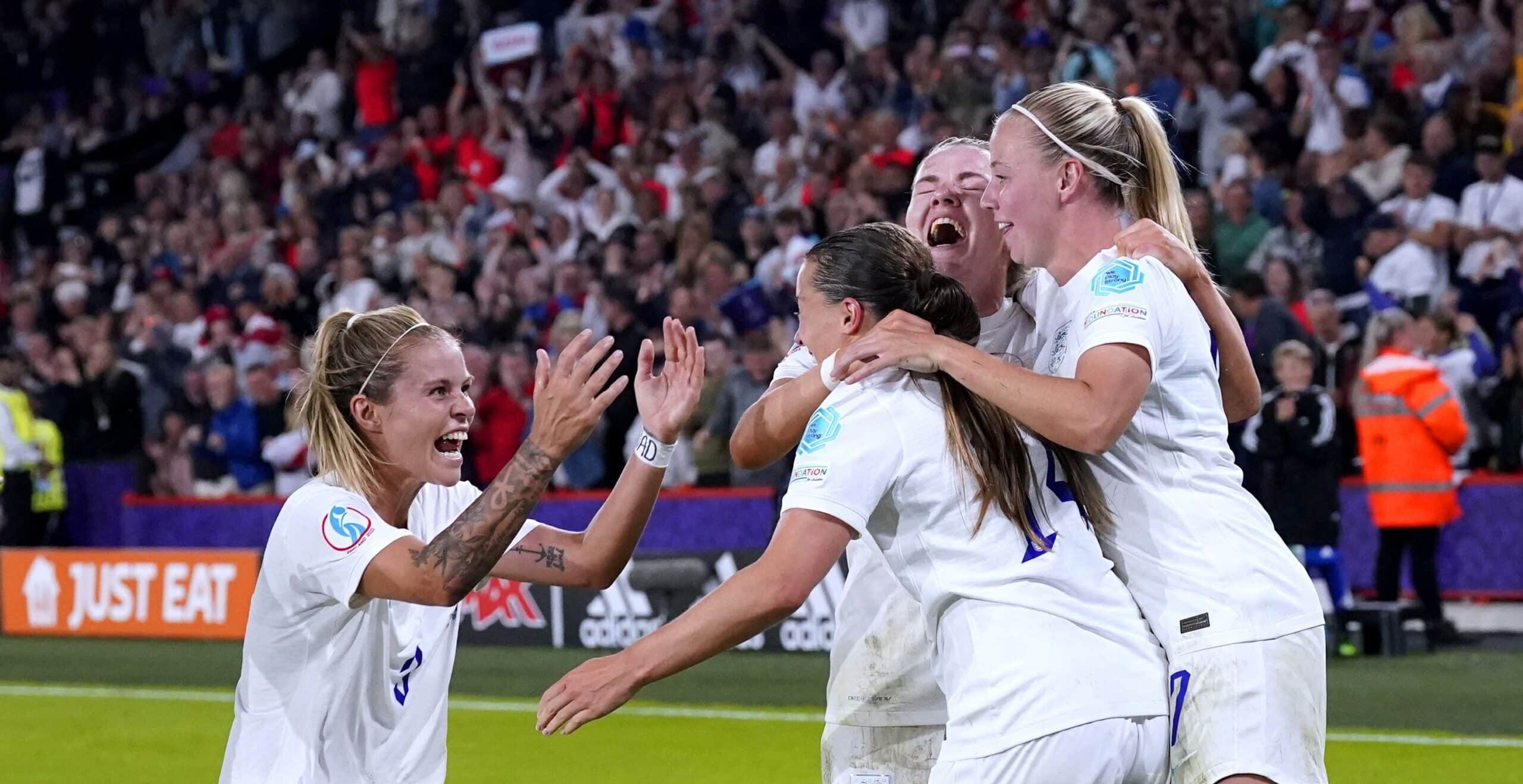Let me paint you a picture of a roaring success story in the world of women’s and girls’ football that’s unfolded over the last four years.
Since the Football Association kicked off its strategy, “Inspiring Positive Change,” back in 2020, the landscape has transformed dramatically—and for the better.
It’s a plan that dreamed big—creating a thriving future for women’s and girls’ football—and goodness, did it score big!
Since 2020, there’s been a whopping 56% jump in the number of women and girls hitting the pitch.
This isn’t just growth; it’s a boom supercharged by the smashing success of our Lionesses, who clinched the title of European champions and sprinted to the finals of the World Cup.
Schools have been at the forefront of this revolution. The goal was for 75% of schools to offer girls the same access to football as boys by 2024.
Not only was this goal hit in 2023, it was surpassed, with 77% of schools now making sure girls have their chance to play.
And it doesn’t stop with players. The sidelines are seeing changes too, with the number of female coaches up by 88% and referees by a staggering 113%.
The talent pipeline has been given a major overhaul as well, with 73 Emerging Talent Centres popping up to provide top-tier training environments.
This effort has opened the gates wider, boosting the participation of players from underrepresented groups by 127% and from economically deprived areas by 112%.
The surge isn’t confined to the grassroots level either. The big leagues are drawing crowds like never before.
The Adobe Women’s FA Cup Final has filled Wembley Stadium for two consecutive seasons, and the Barclays Women’s Super League’s attendance has skyrocketed by 239% since 2021.
It’s now the world’s most followed women’s league on social media.
Baroness Sue Campbell, The FA’s Director of Women’s Football, sums it up perfectly: “It’s truly incredible what we’ve achieved in just a few short years.
More women and girls are playing, coaching, refereeing, and joining the crowds than ever before.
But the journey isn’t over. Our next mission? To ensure the women’s game mirrors the diversity of our society, making sure everyone, regardless of background, can get in the game and reap the joys of football.”
With a new strategy on the horizon, the next few years promise to be just as exciting. If the past is anything to go by, the future of women’s and girls’ football is looking nothing short of spectacular.





